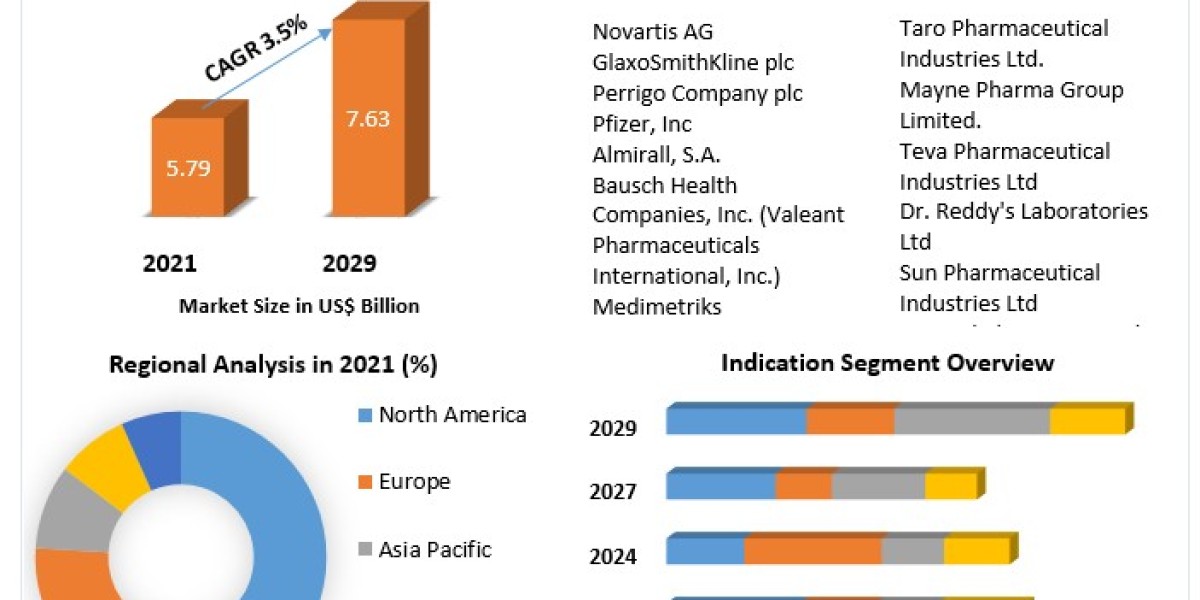In the intricate web of business and supply chain management, forecasting stands as a cornerstone, diligently predicting the future demand for products or services. Yet, navigating the tumultuous waters of erratic demand patterns presents a formidable challenge for businesses, regardless of their size. This article aims to explore the intricacies of managing unpredictable demand patterns in forecasting, offering insightful strategies for businesses to weather the storm.
Forecasting, the art of predicting future demand based on historical data and market trends, is essential for businesses to optimize their operations, manage inventory efficiently, and meet customer needs. However, when demand patterns exhibit erratic behavior—fluctuating unexpectedly due to various factors such as seasonality, market trends, or sudden shifts in consumer behavior—it can disrupt the delicate balance of supply and demand, leading to inefficiencies and missed opportunities.
One of the primary challenges of managing erratic demand lies in its unpredictability. Traditional forecasting methods may falter in accurately predicting demand when faced with erratic patterns, leading to inventory imbalances, production inefficiencies, and increased costs. Moreover, erratic demand can strain relationships with customers, leading to dissatisfaction due to stockouts or excess inventory.
To navigate the complexities of erratic demand patterns effectively, businesses must adopt a multifaceted approach that combines data-driven insights, collaboration, and agility. Advanced data analysis techniques and forecasting models can help identify and analyze patterns in historical demand data, enabling businesses to make informed decisions and anticipate shifts in demand.
Collaborative planning, forecasting, and replenishment (CPFR) facilitate real-time communication and coordination between stakeholders in the supply chain, allowing businesses to respond promptly to changes in demand and supply conditions. By fostering collaboration with suppliers, distributors, and other partners, businesses can gain valuable insights into market dynamics and mitigate risks associated with erratic demand.
Flexibility is key in managing erratic demand patterns. Adopting agile production methods and inventory management strategies, such as just-in-time (JIT) inventory systems and safety stock policies, can help businesses adapt quickly to fluctuations in demand while minimizing excess inventory and stockouts. Additionally, investing in technology solutions such as demand sensing software and real-time analytics platforms can provide actionable insights for decision-making and risk management.
Customer segmentation plays a crucial role in managing erratic demand effectively. By segmenting customers based on their purchasing behavior, preferences, and demographics, businesses can tailor their forecasting models and marketing strategies to address the unique needs of each segment, ensuring better alignment between supply and demand.
Understanding Erratic Demand Patterns
What Are Erratic Demand Patterns?
Erratic demand patterns refer to fluctuations or irregularities in the demand for a product or service over time. These fluctuations can be caused by various factors such as seasonality, market trends, economic conditions, or sudden changes in consumer behavior.
Challenges of Managing Erratic Demand
Managing erratic demand poses several challenges for businesses, including inventory management issues, production inefficiencies, increased costs, and customer dissatisfaction due to stockouts or excess inventory.
Strategies for Managing Erratic Demand Patterns
Data Analysis and Forecasting Techniques
Implement advanced data analysis techniques and forecasting models to identify and analyze patterns in historical demand data. Utilize statistical methods such as moving averages, exponential smoothing, or time series analysis to forecast future demand accurately.
Collaborative Planning, Forecasting, and Replenishment (CPFR)
Collaborate closely with suppliers, distributors, and other stakeholders in the supply chain to share information and insights. CPFR facilitates real-time communication and coordination, allowing businesses to respond promptly to changes in demand and supply conditions.
Flexible Manufacturing and Inventory Management
Adopt flexible manufacturing processes and inventory management strategies to adapt quickly to fluctuations in demand. Implement just-in-time (JIT) inventory systems, safety stock policies, and agile production methods to minimize excess inventory and stockouts.
Demand Sensing and Real-Time Analytics
Invest in advanced technology solutions such as demand sensing software and real-time analytics platforms. These tools leverage big data, artificial intelligence, and machine learning algorithms to detect shifts in demand patterns and provide actionable insights for decision-making.
Implementing Demand-Driven Strategies
Customer Segmentation and Demand Forecasting
Divide up your clientele according to their demographics, interests, and spending patterns. Tailor demand forecasting models and marketing strategies to address the unique needs of each customer segment, ensuring better alignment between supply and demand.
Dynamic Pricing and Promotion Strategies
Deploy dynamic pricing algorithms and promotional tactics to stimulate demand during slow periods and optimize revenue. Offer discounts, bundle deals, or limited-time offers to incentivize purchases and balance demand across different product categories.
Cross-functional collaboration and Risk Management
Foster collaboration between departments such as sales, marketing, operations, and finance to align business objectives and mitigate risks associated with erratic demand. To handle any supply chain interruptions, create backup plans and risk-reduction techniques.
Conclusion
Effectively managing erratic demand patterns in forecasting demands a strategic blend of proactive measures and adaptability. This article explores how businesses can navigate the challenges posed by unpredictable demand through a multifaceted approach that integrates data-driven insights, collaboration, and agility.
At the heart of managing erratic demand lies the need for businesses to anticipate and respond to fluctuations in market conditions. Traditional forecasting methods often fall short in capturing the nuances of erratic demand patterns, making it essential for businesses to adopt a more comprehensive approach.
Data-driven insights serve as the foundation for understanding and predicting erratic demand. By analyzing historical data and market trends, businesses can identify patterns and anomalies that may indicate shifts in demand. Advanced analytics techniques, such as time series analysis and machine learning algorithms, enable businesses to extrapolate future demand scenarios with greater accuracy.
Collaboration is another critical component of managing erratic demand. By fostering partnerships with suppliers, distributors, and other stakeholders in the supply chain, businesses can share information and coordinate efforts to respond effectively to changes in demand. Collaborative planning, forecasting, and replenishment (CPFR) facilitate real-time communication and decision-making, enabling businesses to adjust production schedules, inventory levels, and distribution strategies accordingly.
Agility is paramount in navigating volatile market conditions. Flexible manufacturing processes and inventory management strategies allow businesses to adapt quickly to fluctuations in demand without compromising efficiency or incurring excessive costs. Just-in-time (JIT) inventory systems, for example, enable businesses to maintain lean inventory levels while minimizing the risk of stockouts or excess inventory.
Technology solutions play a pivotal role in enhancing the capabilities of businesses to manage erratic demand. Demand sensing software and real-time analytics platforms leverage big data and artificial intelligence to detect shifts in demand patterns and provide actionable insights for decision-making. By harnessing the power of technology, businesses can gain a competitive edge in forecasting and responding to unpredictable demand.
Demand-driven strategies offer a proactive approach to managing erratic demand patterns. By segmenting customers based on their purchasing behavior and preferences, businesses can tailor their product offerings and marketing strategies to align with specific market segments. Dynamic pricing algorithms and promotional tactics enable businesses to stimulate demand during slow periods and optimize revenue.
FAQs (Frequently Asked Questions)
1. How do you define erratic demand patterns?
Erratic demand patterns refer to fluctuations or irregularities in the demand for a product or service over time, which can be caused by various factors such as seasonality, market trends, or sudden changes in consumer behavior.
2. What are the challenges of managing erratic demand?
Managing erratic demand poses challenges such as inventory management issues, production inefficiencies, increased costs, and customer dissatisfaction due to stockouts or excess inventory.
3. What strategies can businesses use to manage erratic demand patterns effectively?
Businesses can employ strategies such as advanced data analysis and forecasting techniques, collaborative planning, flexible manufacturing, demand sensing, customer segmentation, dynamic pricing, and cross-functional collaboration to manage erratic demand patterns effectively.
4. How can technology solutions help in managing erratic demand?
Technology solutions such as demand sensing software, real-time analytics platforms, and advanced forecasting models leverage big data and artificial intelligence to detect shifts in demand patterns, providing actionable insights for decision-making and risk management.
5. Why is collaborative planning important in managing erratic demand?
Collaborative planning, forecasting, and replenishment (CPFR) enable businesses to share information and insights with suppliers, distributors, and other stakeholders, facilitating real-time communication and coordination to respond promptly to changes in demand and supply conditions.
Predict your sales volume and demand trends with our Artificial Intelligence-based SaaS platform visit: https://thousense.ai/
Source: https://bresdel.com/blogs/537209/How-Do-You-Manage-Erratic-Demand-Patterns-in-Forecasting







